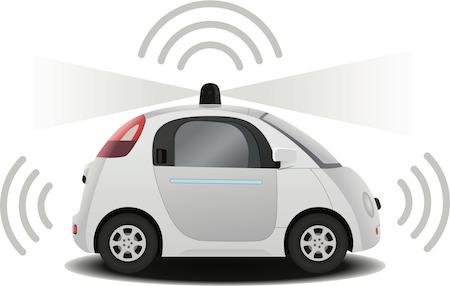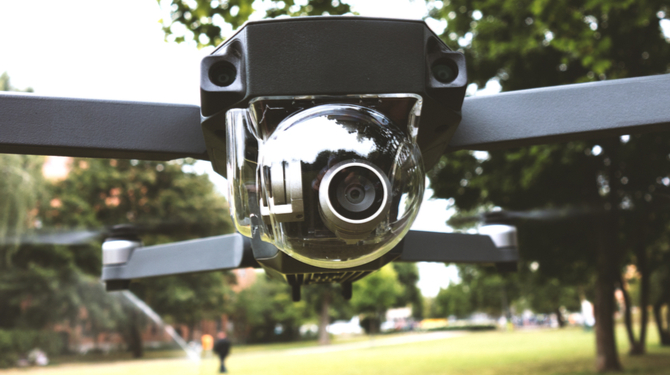John Krafcik, chief executive of Google’s self-driving car division, told attendees at the Nikkei Innovation Forum in Palo Alto in October that the unit was “partway through” the same process that Alphabet’s healthcare subsidiary Verily went through last year.
“The car is partway through what we call a graduation,” he said. “We are moving out of X … The self-driving car project, like Verily, will soon be its own independent entity in the world.”
Mr Krafcik would only say that the move would happen “soon” and it was considering logistical questions such as the name of the standalone company.
Google’s experimental X lab began work on developing fully autonomous cars nearly eight years ago but more recently it has faced competition in the field from the likes of Tesla and Uber, as well as traditional carmakers like GM and Volvo.
Like other ambitious and costly projects inside Google, the unit has come under greater scrutiny since the creation of a new holding company structure, Alphabet, was introduced a year ago. In August, the division lost its top engineer, Chris Urmson, along with other staff.
As rival Uber has pressed ahead with its pilot of an autonomous taxi service in Pittsburgh, some observers have questioned whether Google has lost its early lead in the market.
Yet Mr Krafcik suggested that Google’s technology was already at an advanced state. “We do have a plan” to launch an autonomous driving product, he said. Within 22 weeks of striking a new partnership with Fiat Chrysler in May to develop a fleet of self-driving minivans, Google was able to complete its first prototype.
“We are in that mode right now where we are solving the last bits of the problem before we are able to share the technology with others,” Mr Krafcik said at the Nikkei event. “Right now we are at the phase where a lot of what we are doing is polish and making the car drive a lot more like a human.”
All Google’s ideas had to pass the “toothbrush test” before they were taken to the next level, he said, meaning it would be something that could be used every day.
“We are not building a car. Our focus is building a better driver,” he said. “We’ve had a lot of discussions with a lot of different automakers on that.”
At one point, Mr Krafcik suggested the unit would be spun “out of Alphabet completely”, but he subsequently compared the process to Verily, which remains a part of the group.
Verily left Google X late last year and now sits under the Alphabet umbrella, alongside Google itself. Verily has a business running from early-stage research and development to clinical testing of new life sciences technologies, in partnership with other companies. In its best-known venture, it is developing with Novartis a contact lens that can track diabetics’ glucose levels.
As Google tests its self-driving car technology in more extreme weather conditions, from the heat of Arizona to the damper climates of Seattle, Mr Krafcik highlighted shortcomings in the incremental approach to autonomous driving taken by the likes of Tesla. While Tesla’s Autopilot offers “Level 2” autonomy that requires human supervision, Google believes that only “Level 4” is safe because drivers are too easily distracted.
When a semi-autonomous car is involved in a collision or causes a fatality, he said, “That wasn’t a self-driving car. That was a Level 2 implementation and we had a faulty human.”


.jpg)
.jpg)
.jpg)

.jpg)



.jpg)
